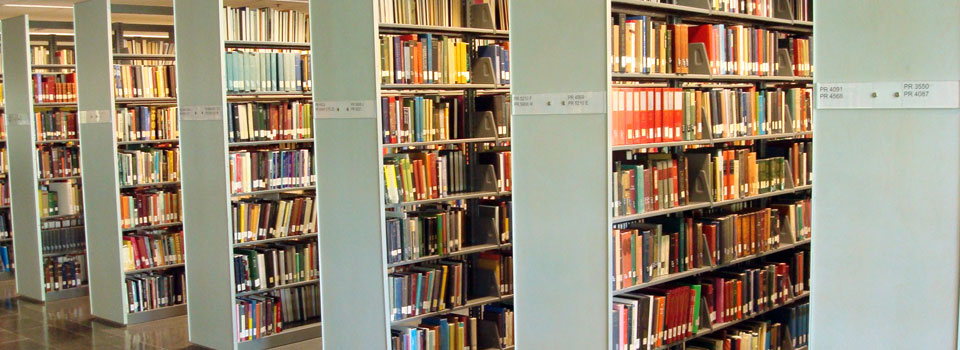SPA198H: A Brief History of Love in the Western World
Making Scholarly Choices
Scholarly Sources
Scholarly sources report on original research by experts in a particular academic discipline. Often they go through a peer-review process, which means that they are evaluated by reputable scholars in the field before they are published.
Scholarly & Popular Sources
Criteria for Evaluating Scholarly Journal Articles
| Part | Questions to Ask |
| Author: | Who wrote it? Are they an scholar, journalist, or a writer? Does the author have credentials that qualify him or her to write knowledgeably on the topic? |
| Sources: | Does the author acknowledge his or her sources? How? |
| Content: | Is the content substantial? Does it appear to be valid and well-researched? Does it make sense, based on your own background knowledge, or what other articles have to say on the topic? |
| Writing: | Is the language scholarly? Is the article or book well written? Do illustrations and data support the content in a scholarly fashion, or do they appear to be attention-getting, or sensational? |
| Audience: | Who is the article written for? Is it written for experts and researchers in the field, or for members of the general public? |
| Journal: | Is it published in a scholarly journal? |
| Publisher: | Is it published by a university press or a large commercial publisher (such as Routledge or Palgrave Macmillan) that specializes in producing scholarly books? |
Is the journal scholarly?
Is the article published in a scholarly journal? How would you find out?
Investigate the journal using these two strategies:
1. Visit the journal’s website to learn more about the periodical.
Is it published by a scholarly association such as the Canadian Sociological Association?
Is it published by a university press?
On the journal’s website, look for the “about this journal” or “submission guidelines” section to learn about the publication’s editorial policy.
2. Search the journal name in Ulrichsweb to determine if it is scholarly or peer-reviewed.
The black and white referee’s shirt indicates that the journal is peer-reviewed.
Scholarly articles, book reviews & literature reviews
These three types of publications are part of the scholarly communication cycle, but their content and purpose differ in important ways.
Scholarly Articles
As we discussed, scholarly articles describe new knowledge or ideas based on original research, analysis and/or interpretation. They are often peer-reviewed.
- Example: Marcocci, Giuseppe. “Is This Love? Same-Sex Marriages in Renaissance Rome.” Historical Reflections, vol. 41, no. 2, 2015, pp. 37–52.
Book Reviews
Book reviews are also published in scholarly journals, but they do not contain original research and are not peer-reviewed.
The purpose of a review is to summarize and evaluate a recently published title that contains original research on a specific topic. Often, reviewers contextualize the ideas presented by an author in a particular book within the body of the existing research.
- Example: Hewlett, Mary S.K. Review of Love and Death in Renaissance Italy. Renaissance Quarterly, vol. 58, no. 3, 2005, pp. 912–913.
Literature Reviews
Literature reviews describe and assess original research sources (books and articles) that have been published on a specific topic by scholars. A literature review is usually part of the introduction to a scholarly article.
The purpose of a literature review is to summarize ideas that have been established on a subject and analyze what their strengths and weaknesses are.
- Example: Burns, E. Jane. “Courtly Love: Who Needs It? Recent Feminist Work in the Medieval French Tradition.” Signs, vol. 27, no. 1, 2001, pp. 23–57.
created by: Colin Deinhardt & Agatha Barc | updated: 25 September 2023
Last updated: April 30, 2024
 Ask Us
Ask Us
